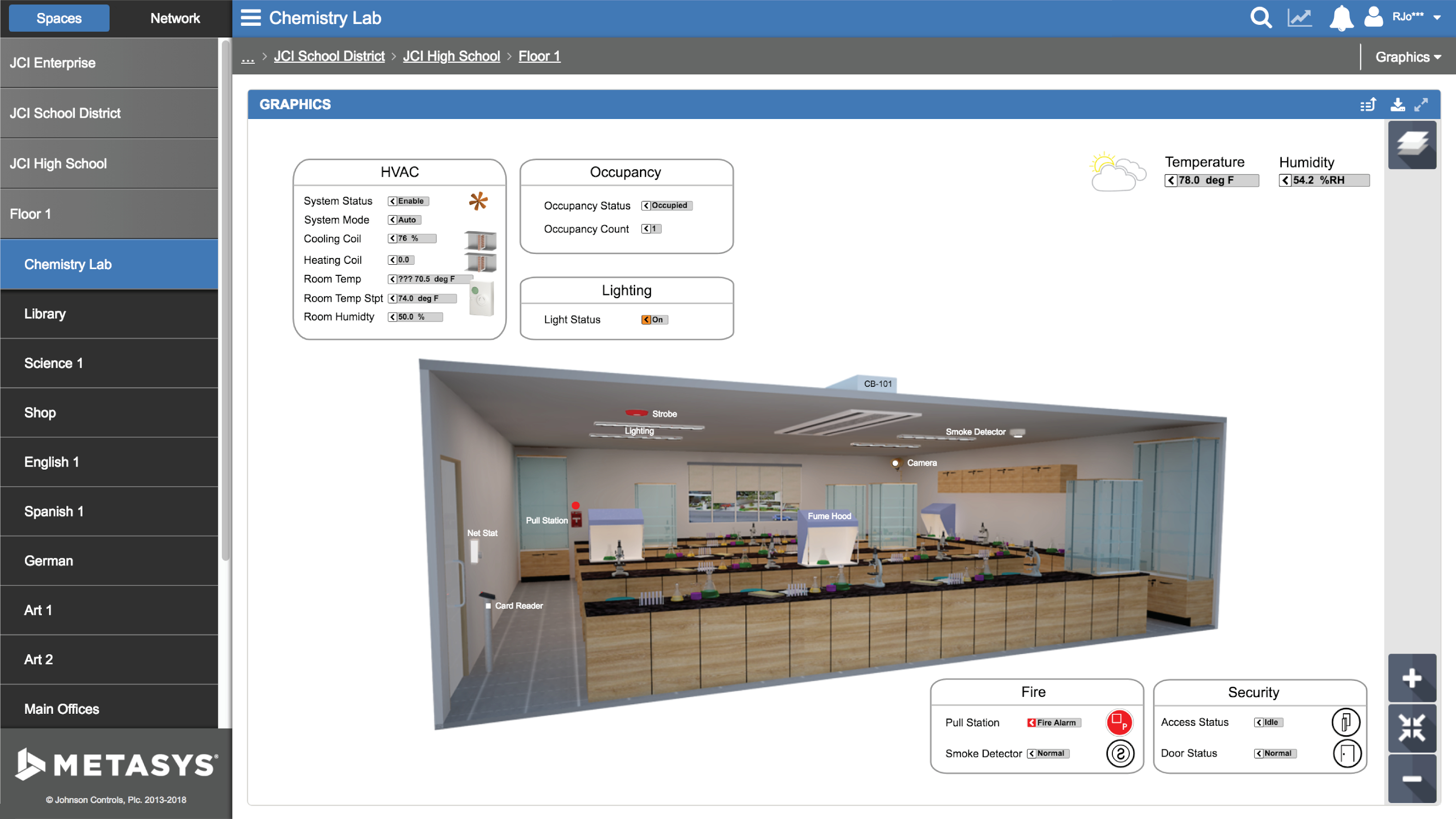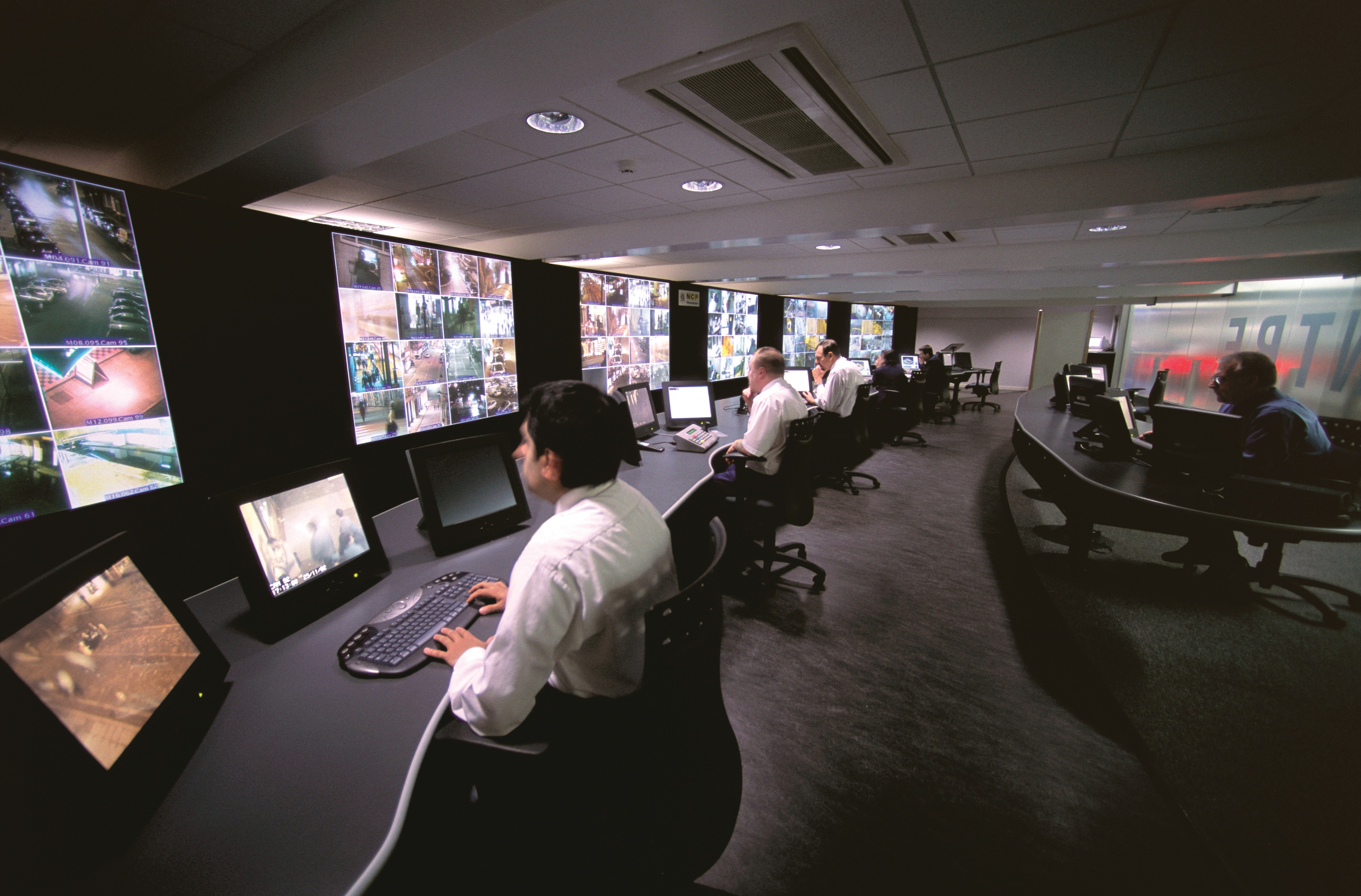Buildings are evolving to become smarter. It is no longer acceptable for them to simply exist as structures of metal, masonry and glass. Buildings are expected to make our lives easier, both professionally and personally. This requires all of us, from the manufacturer to the consultant to the contractor to the building operator, to investigate new ways to help make buildings smarter.
Because building automation systems (BAS) automate mechanical and electrical support systems within commercial buildings, they play a key role in driving building technology innovation — and will continue to do so. The industry has progressed a great deal as pneumatic control systems have become modern, remote-accessible BAS. Today, we can already integrate different building systems to an impressive degree.
Integration will become even more critical as manufacturers continue to make smart, connected devices and as building management solutions shift to cloud-connected models. Thus, it’s important for specifying engineers to stay up to date on the latest offerings across all systems in a building, continually keep in mind the bigger picture, and be open to exploring the latest trends and best practices.
Specifying engineers must consult with not only local market experts and building owners but also their colleagues working down the hall or on the next floor of their firm to address all the building owner’s needs. This holistic approach will drive a superior selection of solutions across building systems — HVAC, plumbing and electrical — to help meet a building owner’s desired outcomes, such as improving tenant satisfaction, lowering carbon footprint and reducing operating costs.
This responsibility does not solely belong to specifying engineers. All stakeholders must look at buildings with fresh eyes and acknowledge what we did yesterday may not meet the performance needs of the buildings we touch tomorrow.

Better Building Decisions
A BAS connects various building systems such as HVAC, lighting, card access, security cameras, life safety, plumbing and even specialty systems such as nurse call systems in health-care facilities. Looking at this from just an HVAC perspective, this often will include controlling conditions to maintain a comfortable temperature and humidity in a space while monitoring CO2 to help to determine the optimal amount of fresh air to allow into the building.
The BAS handles all the occupancy scheduling, historical data collection and critical alarms associated with the connected systems, allowing for a building operator to make informed decisions. For instance, the building operator can use the BAS to track when workers come into the facility and see what occupancy patterns emerge. Schedules can be adjusted accordingly and electrical costs reduced.
Let’s say a building is scheduled to move into an occupied state every weekday morning at 7 a.m. and is scheduled to go into an unoccupied state at 7 p.m. The building operator originally set this schedule to accommodate the previously identified working hours of the building occupants. Recently, though, the building operator noticed the parking lot is only at 50 percent capacity until 9 a.m. and is mostly empty by 6 p.m., resulting in unnecessary energy usage.
A better approach is to monitor the card access system to identify when an employee enters and leaves a facility. The card access system tells the BAS which floor and office spaces will be occupied; HVAC systems, lighting and domestic hot water are subsequently activated in those floors and areas.
When it comes to life safety, fire alarm and smoke control systems integrate with BAS to manage building conditions in the event of an emergency. The building operator receives commands and information from the BAS, monitors what the fire alarm system is doing and decides what actions to take to help make the conditions much safer for occupants. A building operator can even override systems so emergency responders can help evacuate occupants or respond to the issue.
From a maintenance standpoint, BAS alarms identify when water is flowing in an area of the building where it shouldn’t be. Depending on how many flow meters exist throughout the building, a leak can be pinpointed, allowing a service technician to respond more efficiently.
On the preventative side, a manager sees how often certain valves are being used and determines when maintenance should occur, what the likelihood of valve failure is and when to start looking at potential replacement valves. Many specifying engineers have yet to tap into the benefits of integrating plumbing systems into BAS.
In today’s COVID-19 world, especially, we need to make better decisions every day when we are operating a facility to make sure we are providing cleaner, safer environments for employees who are returning to work. It’s paramount to make sure on-site employees have clean air to breathe, sanitized restrooms and hygiene supplies available.
In addition, we need to monitor and control occupancy levels more than ever before. Imagine a manager being able to direct employees to move to a less occupied area of the building after receiving an alert or notification.

The Path to Integration
What an integrated BAS provides is a “single pane of glass” or a singular view into a building or facility. It connects various building systems to normalize data and create a standardized experience across the multiple systems it is communicating with. So, tasks such as scheduling or even turning on systems become similar experiences. Alarms are reported consistently, whether it’s a high-temperature HVAC alarm or a leaky valve alarm from the plumbing system.
It’s important for building performance information to be presented in a uniform way so building operators are not met with disparate, unfamiliar experiences.
A well-integrated system requires teams to identify use cases that are different from how they have always performed tasks. Many mechanical components are capable of operating in isolation. However, performance, cost and energy efficiencies can be gained from an operational standpoint by allowing these systems to work together.
Hardware and software solutions can be incorporated to enable connected systems to occur. Today’s BAS can integrate various systems — whether it’s via communication protocol drivers such as BACnet and Modbus or via APIs.
For example, a large university wanted a centralized alarm management system. It previously had five screens with different alarms, as well as multiple vendors on-site who were forced to navigate multiple graphic interfaces — each with a different means to sign on and different scheduling systems.
The university decided to take an integrated approach to cut down the number of interfaces. It succeeded and realized major cost savings on installation; the time it took to install an integrated solution was drastically reduced from a matter of weeks to hours.
By designing a BAS with these integrations in place from the beginning, engineers get contractor and installation savings upfront — in addition to creating a system that will offer benefits for owners and occupants for years down the road. Once engineers and building operators begin adopting an integrated approach, there are nearly endless opportunities to make better decisions.
A great place to start is by integrating HVAC and fire and safety. Then, other meaningful building systems can be added based on the building type or building operator’s needs. And with cloud-based connected solutions, modifications can be made in the future on the fly.
At Johnson Controls, we spend a lot of time looking at how our toolsets interact within our products and solutions. For example, we recently invested a lot of resources into our Metasys building automation system to ensure it integrates with SIMPLEX fire system, C·CURE 9000 access control, victor video management systems and leading lighting systems more easily than ever.
Our focus is not just on what we can do today but on what we can do tomorrow. And through innovations such as OpenBlue, we can offer a complete suite of connected solutions.
When we look at the world and the way people interact with it, we are connected more now than ever. It’s important for our buildings to be as connected as we are, and we should be able to make better decisions within our facilities — for the good of people, places and planet. Integration must be intentional. Success doesn’t happen by accident.
Robert Harland is the Metasys brand manager for Johnson Controls, a global provider of systems for smart, healthy and sustainable buildings.




